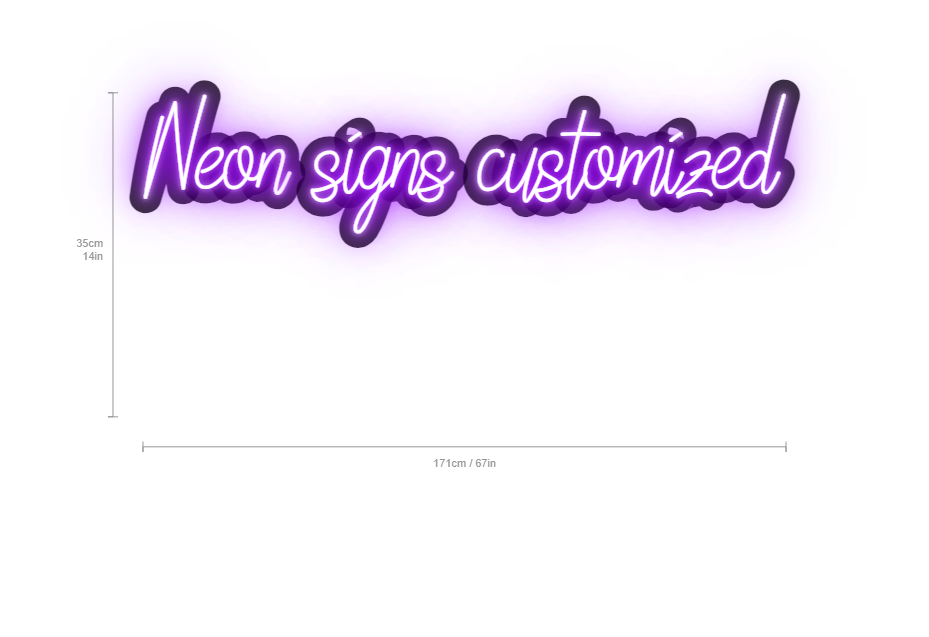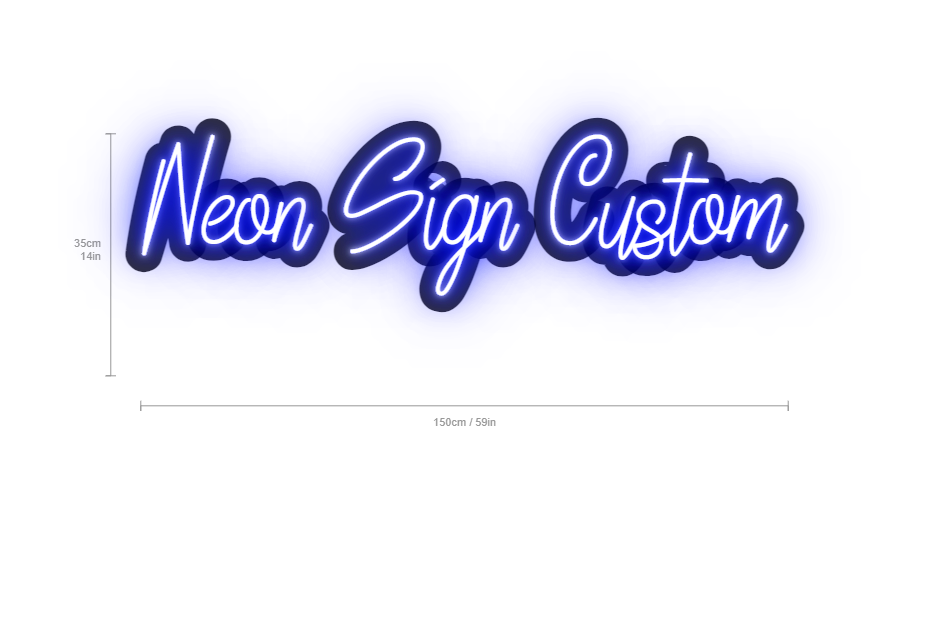Neon lights and signs are iconic features of urban landscapes worldwide, illuminating streets, storefronts, and landmarks with vibrant colors and distinctive designs. Their unique aesthetic and association with nightlife and entertainment have made them a symbol of modern culture. This answer will delve into the history of neon light signs, their technological development, artistic significance, and the cultural impact they have had on society.
Historical Background
The story of neon lighting began in the early 20th century. The first neon gas discharge tube was invented in 1898 by the French chemists Georges Claude and Paul Colinet. Claude discovered that when an electrical current passed through a sealed tube containing neon gas, it produced a brilliant orange-red light. This discovery laid the foundation for the neon signs we see today.
The first commercial neon sign was created in 1910 for a Parisian barber shop, but it wasn’t until the 1920s that neon signs gained popularity in the United States. The first neon sign in the U.S. was installed in 1923 for a Packard car dealership in Los Angeles. The bold, bright colors and the ability to create intricate shapes made neon signs an attractive option for advertising. By the late 1920s and 1930s, neon signs became synonymous with American culture, particularly in urban areas like Las Vegas, New York City, and Los Angeles.
Technological Development
Neon signs are created by bending glass tubes into various shapes and then filling them with gas. The gas is ionized by passing an electrical current through it, which excites the gas particles and causes them to emit light. Although neon gas produces a red-orange color, other gases and phosphor coatings can be used to create a wider range of colors. For example, argon gas produces a blue color, while a combination of different gases and phosphors can produce various shades, including green, yellow, and pink.
The process of making neon signs involves several steps:

-
Designing: The first step is to create a design or a prototype of the neon light sign, which is often done using computer software.
-
Glass Bending: Skilled artisans, known as glass benders, heat glass tubes in a flame and bend them into the desired shapes.
-
Sealing and Filling: After the glass is shaped, the ends are sealed, and the tubes are evacuated of air. The chosen gas is then introduced into the tube.
-
Electrodes: Electrodes are attached to the ends of the tubes, allowing electricity to flow through the gas and produce light.
-
Testing: Once assembled, the neon sign is tested to ensure it functions properly and meets safety standards.
The development of neon technology has also seen advancements, such as the creation of LED neon lights, which mimic the appearance of traditional neon but use LED lights for illumination. These LED neon signs are often more energy-efficient and durable than traditional neon, making them increasingly popular in modern signage.
Artistic Significance
Neon signs are not just practical advertising tools; they are also considered a form of art. Artists and designers have embraced neon lighting as a medium to explore themes of consumerism, identity, and urban culture. The bold colors and dynamic forms of neon signs can evoke strong emotions and create a sense of place.
One of the most famous artists associated with neon is Dan Flavin, who began incorporating fluorescent lights into his art installations in the 1960s. His work challenged the notion of traditional sculpture and expanded the definition of art. Flavin’s use of light as a material has inspired many contemporary artists who continue to experiment with neon.
In addition to fine art, neon light signs signage has influenced popular culture. Iconic movie scenes and music videos featuring neon lights have cemented their place in visual storytelling. The vibrant glow of neon has come to represent not only nightlife but also the dreamlike quality of urban environments. Cities like Las Vegas and New York City have become synonymous with neon lights, creating a unique identity that draws tourists and locals alike.
Cultural Impact
The cultural significance of neon signs extends beyond their visual appeal. They have become symbols of various cultural movements and social changes. In the mid-20th century, neon signs represented the rise of consumer culture and the post-World War II economic boom. The proliferation of neon signage was a reflection of the increasing commercialization of public spaces and the desire for businesses to attract customers.
Neon signs also played a crucial role in the development of the nightlife economy. Bars, clubs, and restaurants utilized neon signage to create an inviting atmosphere, signaling to potential patrons that a vibrant social scene awaited them inside. This use of neon lighting contributed to the rise of cities as cultural hubs, where nightlife and entertainment thrived.
However, the neon sign's cultural impact is not without controversy. As cities evolved and regulations regarding signage tightened, many neon signs were removed or replaced with more modern alternatives. The decline of traditional neon signage in favor of LED lights has sparked debates about the loss of cultural heritage and the authenticity of urban spaces. In some cases, communities have rallied to preserve iconic neon signs as symbols of their history and identity.
Neon Signs in Contemporary Society
Today, neon light signs continue to capture the imagination of artists, designers, and entrepreneurs. Despite the decline in traditional neon due to economic and regulatory factors, the aesthetic appeal of neon remains strong. Vintage neon signs have become sought-after collectibles, and many businesses embrace retro designs to evoke nostalgia.
Social media has played a significant role in the resurgence of neon signage. Platforms like Instagram and Pinterest have popularized the use of neon lights in home decor, weddings, and events. The vibrant colors and unique designs of neon signs have made them popular backdrops for photographs, further solidifying their status as cultural icons.
Moreover, the rise of the “Instagrammable” aesthetic has encouraged businesses to invest in visually striking neon signs to attract customers. Cafes, boutiques, and bars often use custom neon signage to create a unique identity and enhance the overall experience for patrons.
Environmental Considerations
As neon signs remain prevalent, there are growing discussions about their environmental impact. Traditional neon signs consume a significant amount of energy, leading to concerns about sustainability. However, advancements in LED technology have provided alternatives that are more energy-efficient and environmentally friendly.
Many businesses are now opting for LED neon signs, which consume less energy and have a longer lifespan than traditional neon. These signs can also be programmed to change colors and patterns, offering greater versatility in design. While LED signs may lack some of the charm of traditional neon, they represent a more sustainable approach to signage in contemporary society.
Conclusion
Neon light signs have a rich history and cultural significance that extends far beyond their practical applications. From their invention in the early 20th century to their place in modern artistic expression and consumer culture, neon signs continue to illuminate our cities and our lives. They represent the intersection of art, technology, and commerce, capturing the vibrancy of urban life and the ever-changing nature of society.




